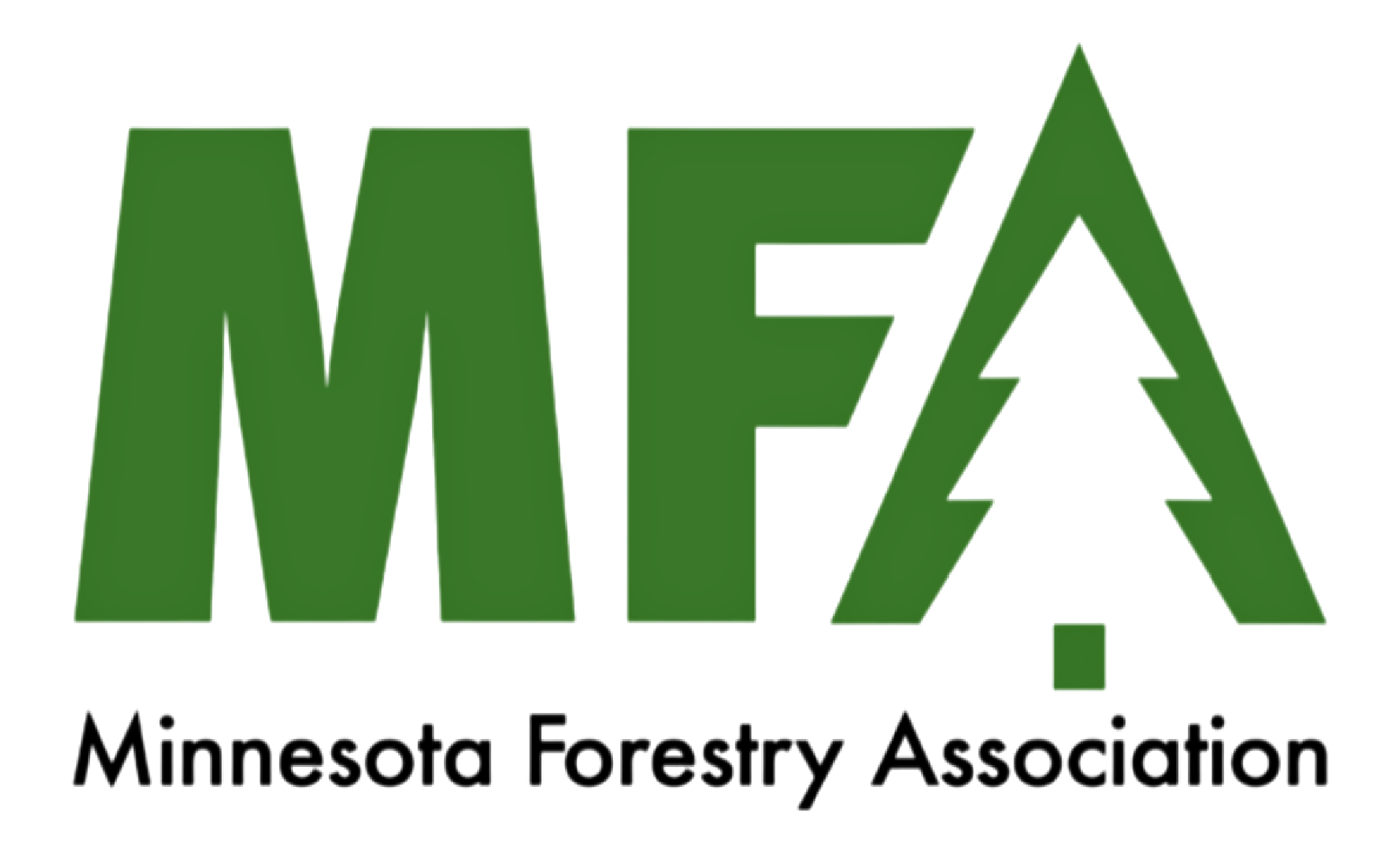The southeastern Minnesota farm Tim and Susan Gossman bought 30 years ago has brought endless joy, and work, to the family. They have named their place Thorn Apple Farm which is reminiscent of what local farmers used to call the Hawthorne growing in the area.
The farm, located near Rochester and six miles from Chatfield, is 200 acres. Originally it was has half wooded and half crop and pasture land. Now, 30 acres of the pasture land have been converted to forest.
Managing and caring for the land has been a family affair. When Tim and Susan bought the farm, their daughters, Sophia and Sarah, were in elementary school. All pitched in to plant and prune Christmas trees and perform other woodland tasks. Today, after graduating from college, the daughters still come back to help.
One of Tim and Susan’s achievements is a great example of neighbors working with neighbors, the Lost Creek Hiking Trail. Four neighbors got together and discussed the possibility of a trail going across their land. There are lots of bike trails in the area but few hiking trails. The neighbors settled on a hiking trail.
Today, the Lost Creek Hiking Trail extends six and a half miles from Chatfield to Tim and Susan’s farm. The route crosses the land of six private owners who have all signed easements for the trail. Construction of the trail was done by volunteers using donated materials, including materials for a bridge crossing the creek.
The neighbors did obtain one grant to erect signs along the trail. Now 31 signs point out good forestry practices along the trail. Tim says, “The signs make it possible for people to take an educational field trip anytime they want.”
The Bluff Country Hiking Club, which manages the trail and maintains liability insurance covering the landowners, has a nice web site at www.BluffCountryHikingClub.org
Another of Tim and Susan’s major projects on the farm is reforesting the creek valley which had been overtaken by reed canary grass. Two major strategies were adopted, one for areas of the valley that could be worked with a tractor and the other for areas inaccessible to tractors.
Work in the tractor accessible areas the strategy, carried out over several years, was to control the reed canary grass through a combination of prescribed burning, herbicide application, mowing and tillage. Once the reed canary grass was mostly eliminated, a mixture of bottom land hardwoods and shrubs were planted by direct seeding. The misture included Kentucky coffee tree (featured in Meet a Tree in this issue), black walnut, burr oak swamp white oak, plus plum, black cherry, alternate leaf dogwood, high bush cranberry and grey twig dogwood. After the trees and shrubs sprouted, the challenge was to protect them from deer, which was done with annual bud capping and installing tree shelters.
A different strategy was followed for those creek valley areas which are not accessible to a tractor. This strategy was based on the fact that reed canary grass requires full sun to thrive and will die off in shade. Here fence post sized poles of willow and dogwood were planted. Once these trees shad out the reed canary grass, other bottomland tree and shrub species can be planted for additional diversity.
Tim Gossman created a power point presentation on both the Lost Creek Hiking Trail and the restoration of the creek bottom land. This presentation, which over 80 photos, can be reviewed on our web site at Tim and Susan’s Member Profile at www.MinnesotaForestry.org.
Oh, by the way, in recognition of the work they have with the hiking club, reforestation of pasture and of the creek bottomland, Tim and Susan were named 2014 Tree Farmers of the Year for the Southeast Region.


